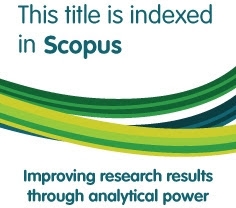State, Religious Education, and Prevention of Violent Extremism in Southeast Asia
Abstract
In the last two decades, violent extremism has become the center of attention for the world. The 9/11 attack in New York which devastated the World Trade Center (WTC) twin towers were a “big bang” for the violence phenomena triggered by the existence of radical religious ideas. The tragedy carried out by the al-Qaeda extremist group triggered tension in many countries which at some level it gave birth to the symptoms of a so-called called “Islamophobia”—a religious perspective that sees Islam as the estuary of violence. That dark event, then, has signaled a new chapter in the portrait of global diversity.
Since then, violent extremism phenomena have been increasingly affecting the Southeast Asian region. Bali Bombing I (2002), Bali Bombing II (2005), attacks on the Ahmadiya group in Cikeusik, Banten (2011), Sunni conflicts with Shia community in Sampang, Madura (2013), burning of churches in Singkil, Aceh and burning of mosques in Tolikara, Papua (2015), the bombing on Thamrin Street, Jakarta (2016) and the suicide bombings in three churches in Surabaya (2018) have shown us that violent extremism was a bitter experience for Indonesia. This gives a gloomy representation for the essence of religious understanding that rests on the idea of raḥmatan li al-‘ālamīn—becoming a blessing for the entire universe. Also, the phenomena have alarmed us to be cautious and worry about threats on Indonesianism that upholds diversity.Full Text:
PDFDOI: https://doi.org/10.15408/sdi.v26i2.12204 Abstract - 0 PDF - 0
Refbacks
- There are currently no refbacks.

All publication by Studia Islamika are licensed under a Creative Commons Attribution-NonCommercial 4.0 International License.
Studia Islamika, ISSN: 0215-0492, e-ISSN: 2355-6145
View My Stats
